Pyruvate Carboxylase (PC) Activity Assay Kit
Note: Take two or three different samples for prediction before test.
Operation Equipment: Spectrophotometer
Cat No: BC0730
Size:50T/48S
Components:
Extract solution: Liquid 110 mL×1. Storage at 4℃.
Reagent I: Liquid 30 mL×1. Storage at 4℃.
Reagent II: Liquid 10 mL×1. Storage at 4℃.
Reagent III: Powder×1. Storage at -20℃. Dissolve with 5 mL of distilled water, store at -20℃ after prepared.
Reagent IV: Powder×1. Storage at -20℃. Dissolve with 5 mL of distilled water, store at -20℃ after prepared.
Reagent V: Liquid 5 mL×1. Storage at 4℃.
Reagent VI: Liquid 15 μL×1. Storage at 4℃.
Reagent VI Diluent Solution: Liquid 10 mL×1. Storage at 4℃.
Product Description:
Pyruvate carboxylase (PC, EC 6.4.1.1) is widely present in mitochondria of animals, molds and yeast, but is not found in plants and most bacteria. PC is the main postreaction for oxaloacetate, and is the first-rate- limiting enzyme in the gluconeogenesis process.
PC irreversibly catalyzes pyruvate, ATP, CO2 and water to oxaloacetate, ADP and Pi, malic dehydrogenase further catalyzes the formation of malic acid and NAD+ from acetoacetic acid and NADH. The enzyme activity of PC can be reflected by detecting the oxidation rate of NADH at 340 nm.
Reagents and Equipment Required but Not Provided:
Ultraviolet spectrophotometer, water bath, desk centrifuge, water bath, adjustable pipette, 1 mL quartz cuvette, mortar/homogenizer, ice and distilled water.
Procedure:
I. Complex extraction:
- Collecting 0.1 g of tissue or 5 million cells, add 1 mL of Extract solution, grinding on ice with mortar/homogenizer.
- Centrifuge at 1000 ×g for 10 minutes at4℃,
- Take the supernatant to other tube and centrifuge at 11000 ×g for 15 minutes at4℃.
- The supernatant is used to detect PC that leaking from mitochondria, which shows the effect of mitochondrial extraction.
- Add 1 mL of Extract solution to the sediment, splitting with ultrasonic (power 20%, work time 5s, interval 10s, repeat 12 times), used to detect the enzyme activity of PC and protein content.
II. Determination procedure:
- Preheat ultraviolet spectrophotometer for 30 minutes, adjust the wavelength to 340 nm, set zero with distilled water.
- Preheat Reagent I at 37℃ for 15 minutes.
- Diluent Reagent VI according to the volume ratio of Reagent VI: Reagent VI Diluent Solution = 1.6:660(V:V), prepare the reagent when it will be used.
- Working solution: make the solution as the volume ratio of Reagent II: Reagent III: Reagent IV= 2:1:1, prepare the reagent when it will be used.
- Add the following reagents in 1 mL quartz cuvette:
| Reagent (μL) | Blank tube (B) | Test tube (T) |
| Reagent I | 450 | 450 |
| Working solution | 320 | 320 |
| Reagent V | 80 | 80 |
| Reagent VI | 100 | 100 |
| Sample | – | 50 |
| Distilled water | 50 | – |
| Add the above reagents to the 1 mL quartz cuvette in order, timing after add working solution, mix thoroughly. Detect the absorbance at 340 nm at the time of 10 seconds, record as AT1 or AB1. Then place dishes with the reaction solution in a 37℃ water bath for 2 minutes. Take it out and wipe it clean, immediately measure the absorbance at the time of 130 seconds, which record as AT2 or AB2. ΔAT= AT1- AT2, ΔAB= AB1- AB2, ΔA= ΔAT-ΔAB. The blank tube only need to test once or twice. | ||
III. Calculation:
Unit definition: One unit of enzyme activity is defined as the amount of enzyme catalyzes the production of 1 nmol of NADH per minute every milligram of protein.
PC Activity(U/mg prot)=[ΔA×Vrv÷(ε×d)×109]÷(Vs×Cpr)÷T =1607×ΔA÷Cpr
ε: NADH molar extinction coefficient, 6.22×103 L/mol/cm; d: Light path of cuvette, 1 cm;
Vrv: Total reaction volume,1×10-3 L; Vs: Sample volume (mL), 0.05 mL;
Cpr: Sample protein concentration (mg/mL); T: Reaction time (min), 2 minutes;
109: 1 mol=109 nmol.
Note:
- Take one or two different samples for prediction before test. It is recommended to dilute the crude enzyme solution with the Extract solution before the determination if the ΔA>0.8(if measuring with 96 well flat-bottom UV plate, ΔA>0.5). While, extending the response time (5 minutes or 10 minutes) if ΔA <0.01.
- The blank tube is a detection hole for detecting the quality of each reagent component, and normally that the change of ΔAB does not exceed 0.05.
- The protein concentration of the sample needs to be determined by yourself. Since the Extract solution contains a relatively high protein concentration (about 1 mg/mL), the protein concentration of the Extract solution must be deducted when measuring the protein concentration of the sample.
- It is recommended to use the sample protein concentration to calculate the enzyme activity. If the sample fresh weight is used to calculate, the enzyme activity of cytoplasmic extract needs to be measured, and the sum of supernatant and precipitation enzyme activity is the total enzyme activity.
- Reagents in this kit are sufficient to complete 50 tube reactions.
- Appendix: calculation formula of sample weight: (sample test number is50T/24S)
1) Supernatant:
Unit definition: One unit of enzyme activity is the amount of enzyme catalyzes the production of 1 nmol of NADH per minute every gram of tissue.
PC Activity (U/g weight) =[ΔA1×Vrv÷(ε×d)×109]÷(W÷Ve×Vs)÷T =1607×ΔA1÷W
ΔA1: Supernatant absorbance;
ε: NADH molar extinction coefficient, 6.22×103 L/mol/cm; d: Light path of cuvette, 1 cm;
Vrv: Total reaction volume,1×10-3 L; Vs: Sample volume (mL), 0.05 mL; Ve: Extraction solution, 1 mL;
Cpr: Sample protein concentration (mg/mL); T: Reaction time (min), 2 minutes;
109: 1 mol=109 nmol;
W: Sample weight, g.
2) Sediment:
Unit definition: One unit of enzyme activity is the amount of enzyme catalyzes the production of 1 nmol of NADH per minute every gram of tissue.
PC Activity (U/g weight) =[ΔA2×Vrv÷(ε×d)×109]÷(W÷Ve×Vs)÷T =1607×ΔA2÷W
ΔA2: Sediment absorbance;
ε: NADH molar extinction coefficient, 6.22×103 L/mol/cm; d: Light path of cuvette, 1 cm;
Vrv: Total reaction volume,1×10-3 L; Vs: Sample volume (mL), 0.05 mL;
Ve: Sediment heavy suspension volume, 1 mL; Cpr: Sample protein concentration (mg/mL); T: Reaction time (min), 2 minutes;
109: 1 mol=109 nmol;
W: Sample weight, g.
3) Total activity
Total activity is the sum of PC activity in supernatant and sediment. PC(U/g weight)=1607×ΔA1÷W+1607×ΔA2÷W.
Experimental example:
- 1 mL of Extract solution is added to 0.1 g of rabbit heart tissue for homogenization. The supernatant is diluted 100 times with Extract solution, and the precipitation was diluted 4 times. Then, measured by microquartzplate according to the determination steps, Supernatant: the ΔAT = A1T – A2T = 1.104-0.856 =0.248, ΔAB = A1B – A2B = 1.021-0.988=0.033, Δ A1 = ΔAT – ΔAB = 0.248-0.033=0.215, precipitate: ΔAT = A1T – A2T = 1.07-0.716 =0.354, ΔAB= A1B- A2B = 1.021-0.988=0.033, ΔA2 = ΔAT- ΔAB =0.354-0.033= 0.321
Supernatant: the activity of PC (U/g mass) = 1607 × Δ A1 ÷ W × 100 (dilution ratio) = 1607×0.215÷0.1× 100 = 345505 U/g mass;
Precipitation: the enzyme activity of PC (U/g mass) = 1607×ΔA2 ÷ W×4 (dilution ratio) = 1607×0.321÷ 01.
× 4=20633.88 U/g mass;
The total enzyme activity of PC (U/g mass) = 1607×ΔA1÷W×100 (dilution) + 1607×ΔA2 ÷ W
=1607 × 0.215 ÷0.1×100+1607×0.321÷0.1×4=366138.88 U/g mass.
References
[1] Esmail S. Kakey,Amez A. Ismael. Evaluation of Oxidative Stress Status in Aged Human in relation to some Diseases. International Conference on Pure and Applied Sciences. August 2018;
Related Products
BC0920/BC0925 Fructose 1,6-bisphosphatase (FBP) Activity Assay Kit
BC3320/BC3325 Glucose-6-phosphatase Activity Assay Kit
BC3310/BC3315 Phosphoenolpyruvate Carboxykinase (PEPCK) Activity Assay Kit
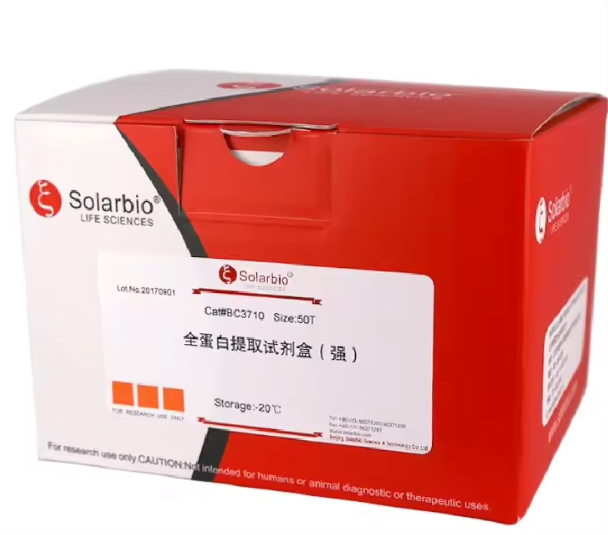
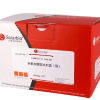
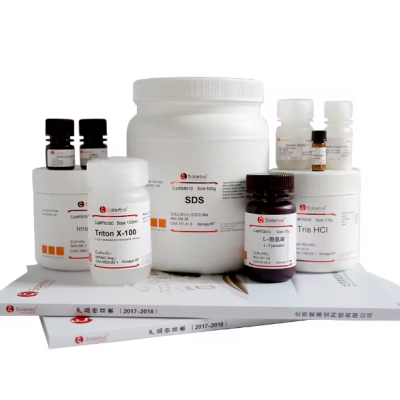
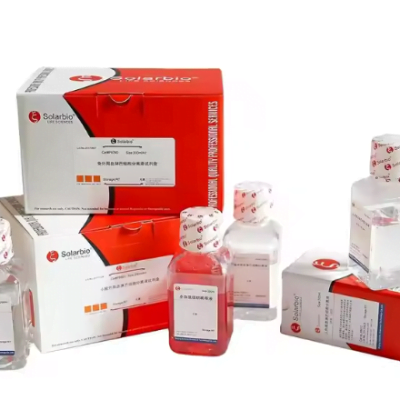
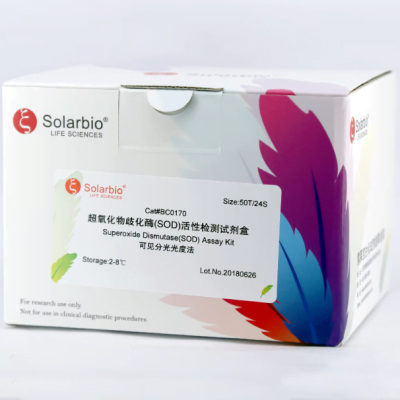
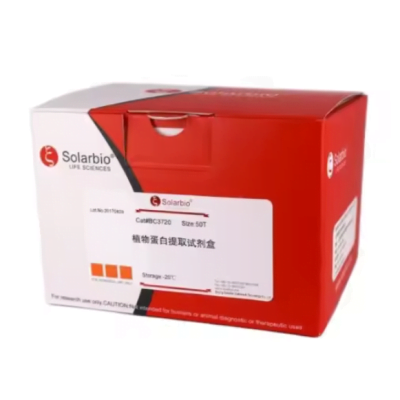
Reviews
There are no reviews yet.